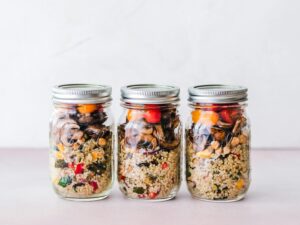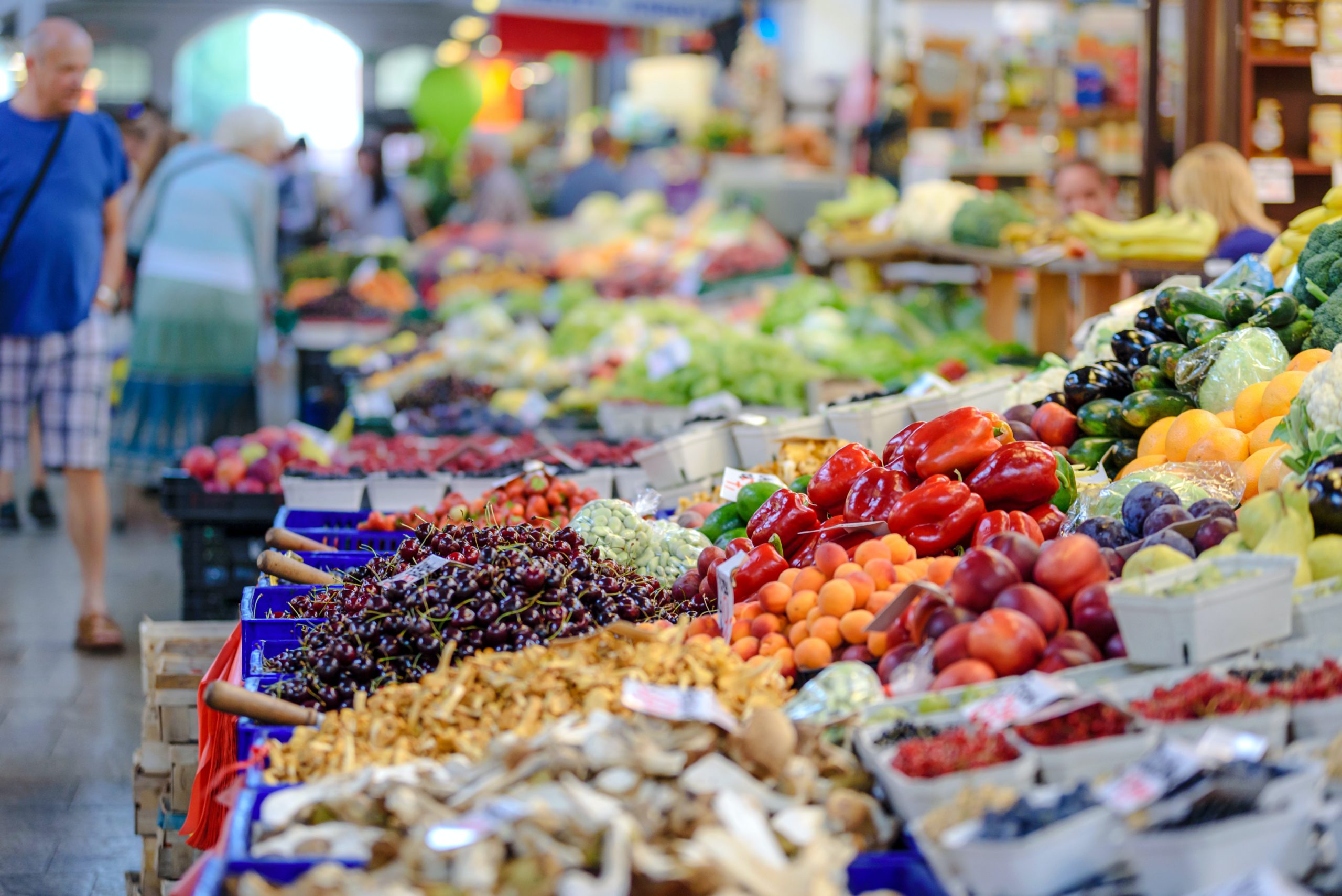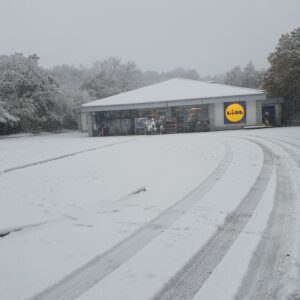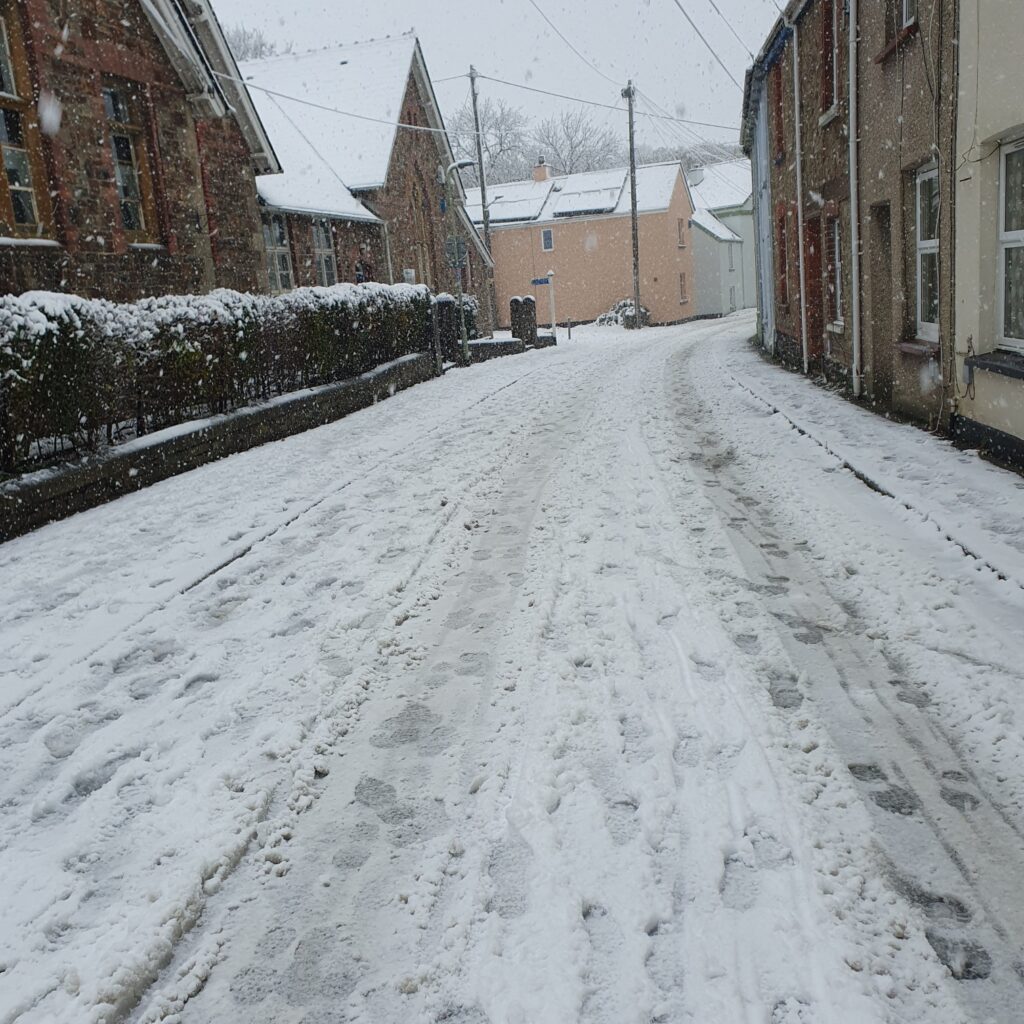Recent data from the Trussell Trust reveals that more than 3.1 million emergency food parcels were distributed by food banks from April 2023 to March 2024, marking an unprecedented high.
Unfortunately, food banks have become a crucial component of the social safety net in the UK. An increasing number of individuals are depending on these services, but this rise merely scratches the surface of the underlying issues that leave many unable to provide adequate meals for themselves and their families. The situation in Okehampton reflects this broader trend.
About food banks
Food banks thrive on the dedication of volunteers and the kindness of donations from individuals, businesses, and various organisations. Many people turn to food banks during challenging times when their budgets cannot accommodate food expenses.
This situation often arises from job loss, unforeseen bills, or health challenges. In addition to addressing immediate food needs, food banks highlight deeper societal issues such as poverty, inadequate wages, and insufficient benefits, which can hinder families and individuals from making ends meet.
The escalating cost of living is intensifying the strain on food banks, as an increasing number of people find it difficult to manage essential costs. There are numerous food banks throughout the nation, with many operating independently.
Food bank referrals triple
Since 2020, the referrals we receive for assistance have increased more than threefold. All our referrals are from outside charities. The upward trend started in December 2023, reaching its highest point in March 2024. We are experiencing a surge in referrals during the winter months, as financial strains intensify due to elevated energy costs.
Why us the food bank?
Individuals seek our assistance for a variety of common challenges, primarily stemming from low income, cuts to benefits, and mounting debt. These issues are often interconnected, with financial strain leading to increased debt levels. The most frequent concerns we encounter revolve around benefits, housing, and debt-related problems.
Recently, we have observed that a significant portion of those we assist are unable to work due to health issues, followed by the unemployed and then those who are still in the workforce, including seniors. The escalating cost of living is impacting a broader range of individuals, even those who are employed, making it increasingly difficult for them to manage essential expenses within their limited income.
Will the demand for food banks decrease in 2025
Numerous news reports have pointed out a decline in inflation in the first month of the year, leading to optimism that this could indicate a resolution to the cost-of-living crisis. Nevertheless, a decrease in the inflation rate does not equate to falling prices; rather, prices are still rising, albeit at a slower pace. Inflation has increased to 4% since the 1st of January.
The real end to this crisis will only come when prices level off and wages or social security benefits rise sufficiently to match the cost of living. Regrettably, this situation has yet to materialize, and the demand for food banks is expected to persist throughout the UK, including in Okehampton.
Helping the Food Bank.
Community Links presence at the food bank is strategic in addressing some of the root causes of food bank use and accessing a range of services and support for families and individuals in Devon and the South West.
We are also blessed to have Citizens Advice as neighbours and the presence of these two helpful charities in the Ockment Centre working closely with the food bank is a wonderful resource for the families we serve.
You can support us by helping a family today. Every gift helps.









